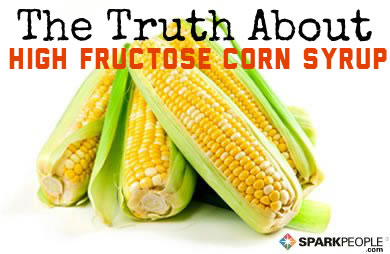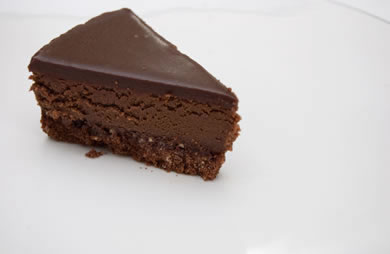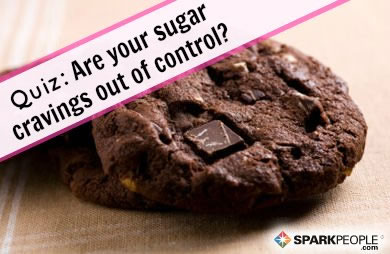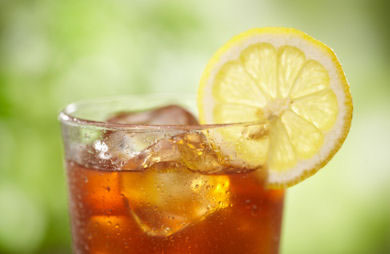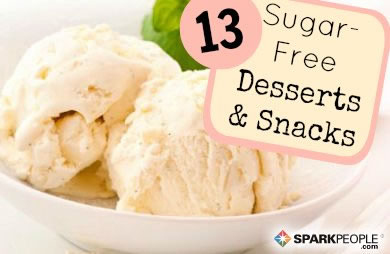15 Surprising Sources of Added Sugar
-
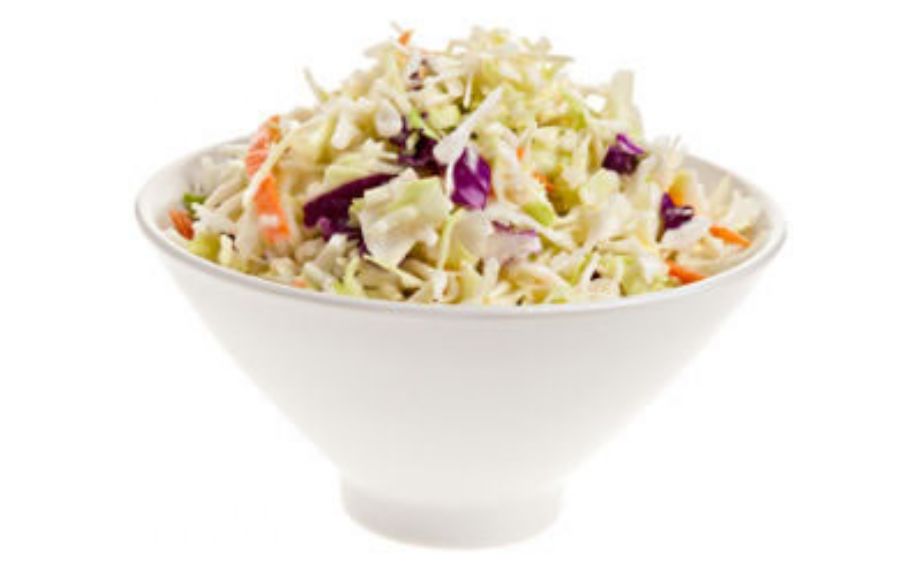
Coleslaw: 3.5 teaspoons (14 grams) of added sugar in 1 cup
Coleslaw can vary widely in its added sugar content, depending on the ingredients used to make this popular cookout side dish. Some recipes actually call for adding up to one full cup of sugar. To keep your sugar and vegetables separate, avoid the pre-made coleslaw from restaurants and grocery stores and make your own. Try substituting nonfat plain Greek yogurt instead of mayonnaise (to cut fat and boost protein), and use a couple tablespoons of red wine instead of sugar. Add a little lemon juice, garlic, and/or Dijon mustard for added flavor.
-
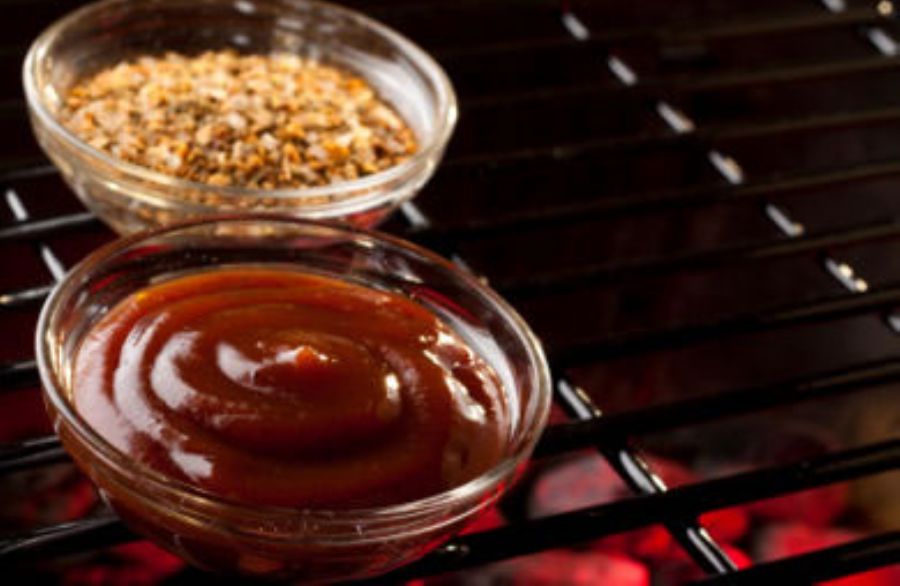
Barbecue Sauce: 2 teaspoons (8 grams) of added sugar in 1 oz.
Barbecue sauce is synonymous with the feel-good vibe of summertime. Unfortunately, just one ounce can pack in 8 grams of added sugar--and most people use more than that on their serving of ribs, chicken, or shredded pork sandwich. One way to trim the sugar is to simply look for a low-carb or no-sugar-added sauce at the supermarket, or to make your own slathering sauce by mixing sugar-free ketchup, Worcestershire sauce, minced onion, garlic, tomato paste, and a pinch of cloves. Need a hint of sweetness? Add just a pinch of your favorite sweetener (sugar or otherwise).
-
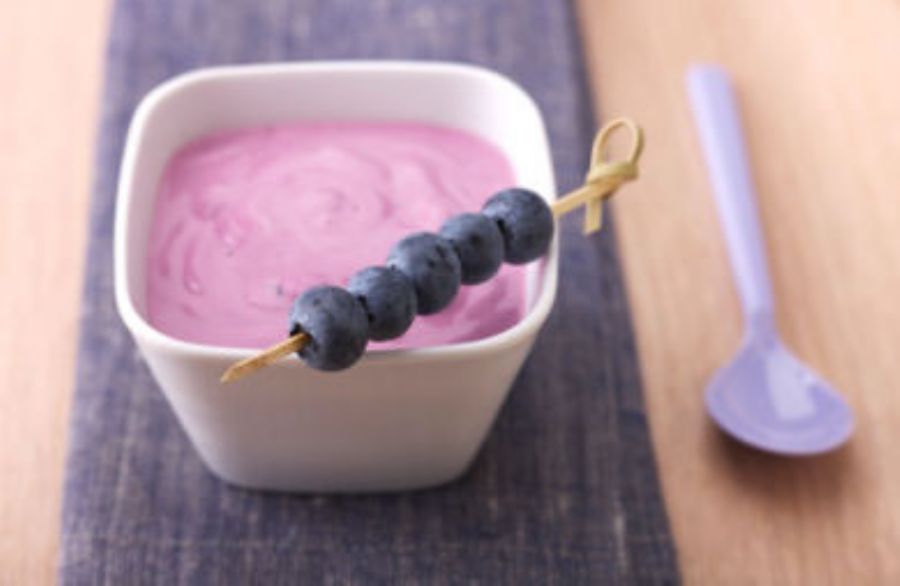
Flavored yogurt: 5 teaspoons (19 grams) of added sugar in 6 oz.
Yogurt might be synonymous with "health food" for many, it's a great source of protein, calcium and cultures--but unless you're buying "plain" yogurt, that dose of dairy may contain 20 grams of added sugar or more! When shopping for yogurt, pay close attention to the ingredients list and look for varieties with little to no added sugars.
-
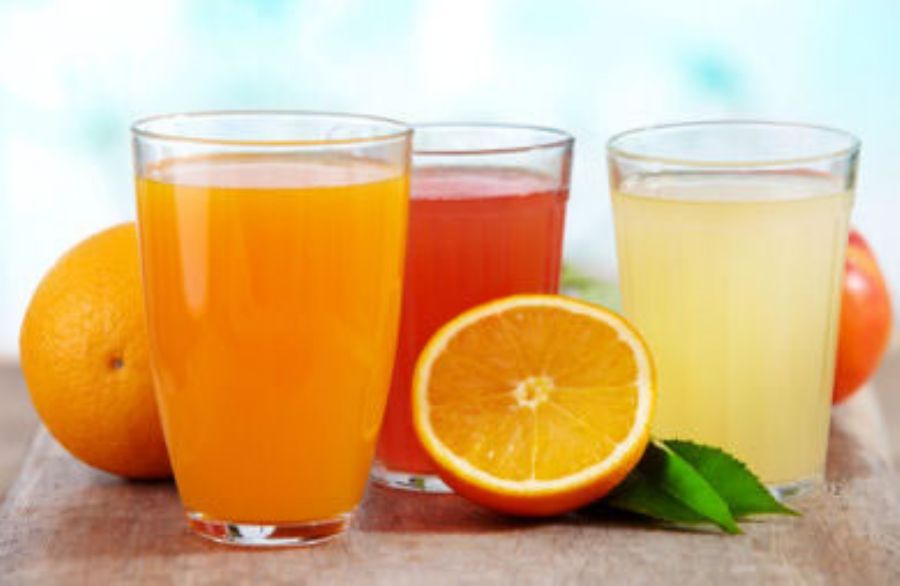
Fruit Drinks: 4 teaspoons (15 grams) of added sugar in 1 cup
100% fruit juice is a very concentrated source of fructose (naturally occurring fruit sugar). Fruit drinks, on the other hand, are often packaged and marketed to look like "wholesome" fruit juice, but are mostly a mixture of added sugar and water. While 100% fruit juice does contain some vitamins and minerals, fruit drinks usually don't. To avoid these hidden sugars, read the ingredients label. Anything other than "100% fruit juice" is likely to include added sweeteners. But when it comes to eating more fruit, eating--not drinking--is still best. Whole, fresh fruit has more nutrients and fiber and is a far less concentrated source of sugar, natural or not.
-

Spaghetti Sauce: 2 teaspoons (7 grams) of added sugar in 1/2 cup
Sure, the bulk of a pasta sauce's ingredients are tomatoes and other veggies (score!), but did you know that various forms of sugar (or corn syrup) are often added to your favorite red sauce? Manufacturers add sweeteners to tomato-based sauces to help cut down on the acidity of the tomatoes for a more widely appealing taste. But not all spaghetti sauces are created equal--some brands have 2-3 times the sugar of others! Look for pasta sauce with "no sugar added" on the label to reduce your added sugar intake by 10 grams or more per serving, or choose a jarred sauce that lists sweeteners near the very end of the ingredients list. Better yet, make your own pasta sauce from scratch (it's surprisingly easy) with fresh tomatoes, chopped onions, garlic, tomato paste, and basil. This way you can adjust the amount of sugar added, or skip the sweet stuff altogether.
-
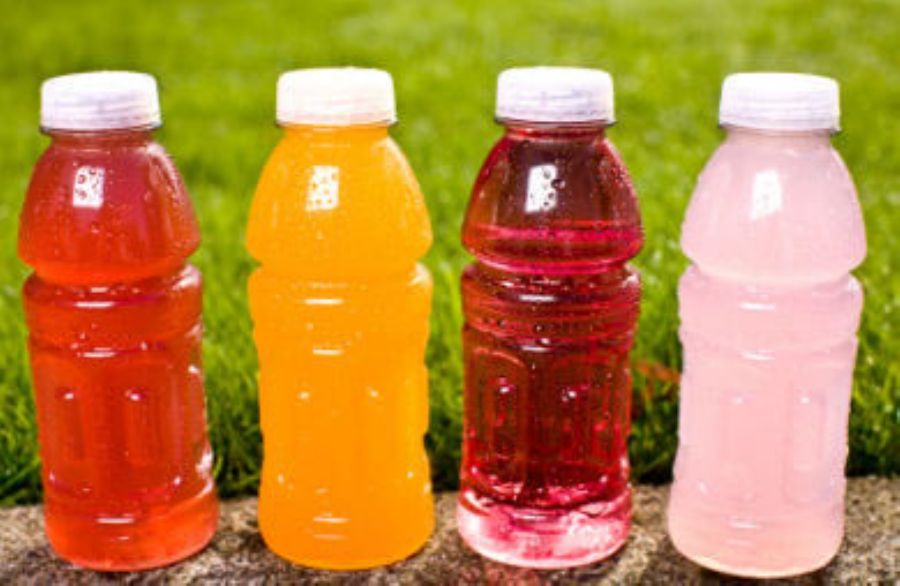
Sports Drinks: 3.5 teaspoons (14 grams) of added sugar in 8 oz.
Many people turn to sports drinks during the hot summer months to stay hydrated or replace lost electrolytes from sweating. There are definitely some situations in which sports drinks are warranted: running a marathon, prolonged athletic training, and severe illness, to name a few. Going for a brisk walk or a leisurely bike ride on a hot summer day is not one of these situations. Sports drinks pack in as much sugar as soda and essentially contribute empty calories that wreak havoc on our blood sugar and waistlines. If dehydration is a real concern for you due to working outdoors in the summer heat or if you are concerned about replacing your electrolytes, try a homemade sports drink or a low- or no-sugar added sports drink. Save yourself the calories and sugar!
-
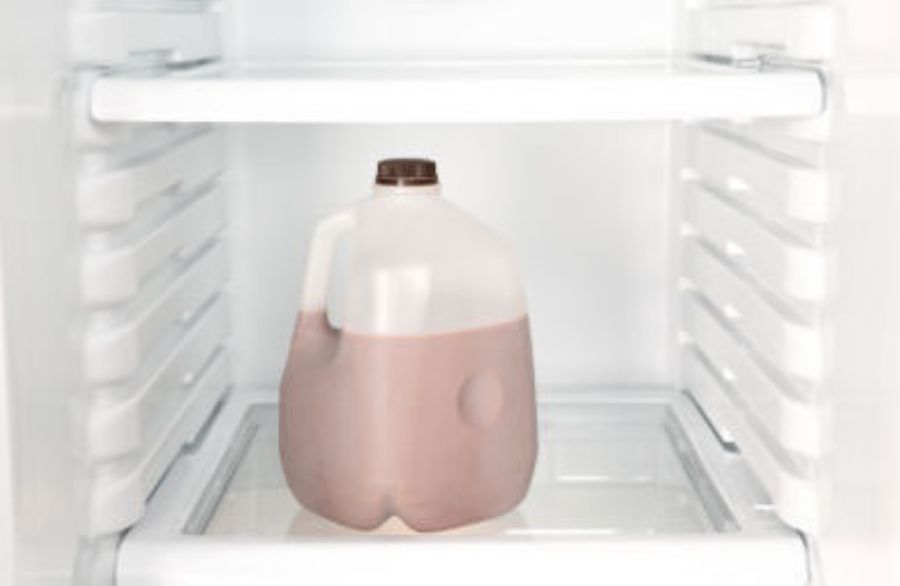
Chocolate Milk: 1.5 teaspoons (6 grams) of added sugar in 8 oz.
Chocolate milk and other flavored milks get their sweetness from 6 grams of added sugar. Less of a drink and more of a dessert, it's best to stick to plain milk, or to drizzle a little bit of your own chocolate syrup as an occasional treat. This way you can control the amount of added sugars and still enjoy one of childhood's simple pleasures!
-

Granola: 5 teaspoons (19 grams) of added sugar in 1 cup
Granola often wears a health halo since it's made from whole grain oats and other wholesome ingredients like nuts, seeds and dried fruits. However, this cereal is usually loaded with added sugars, often containing three or more different types of sweeteners in a single product. In fact, some granolas contain more sugar per serving than "fruity" or "frosted" kids cereals! But this doesn't mean that this breakfast treat is completely off limits. Look for a brand that contains a minimal amount of added sugar (scan the ingredients list closely) or better yet, make your own homemade granola. Alternatively, use granola as a topping for snacks rather than as a snack or cereal by itself.
-

Coffee Drinks: 8-15 teaspoons (30-60 grams) of added sugar per 16 oz.
Black coffee by itself is naturally sugar-free, but some flavored coffee drinks can pack more than 60 grams per 16-ounce serving. When shopping for your morning cup of Joe, avoid flavored or mixed coffee drinks that add in the sweeteners, flavored syrups, whipped (sweetened) creams, and other sweeteners. Try adding a dash of low fat milk, soy milk, or almond milk instead of flavored creamers. Some coffee houses may offer sugar free syrups (artificially sweetened) that can save you calories and sugar.
-
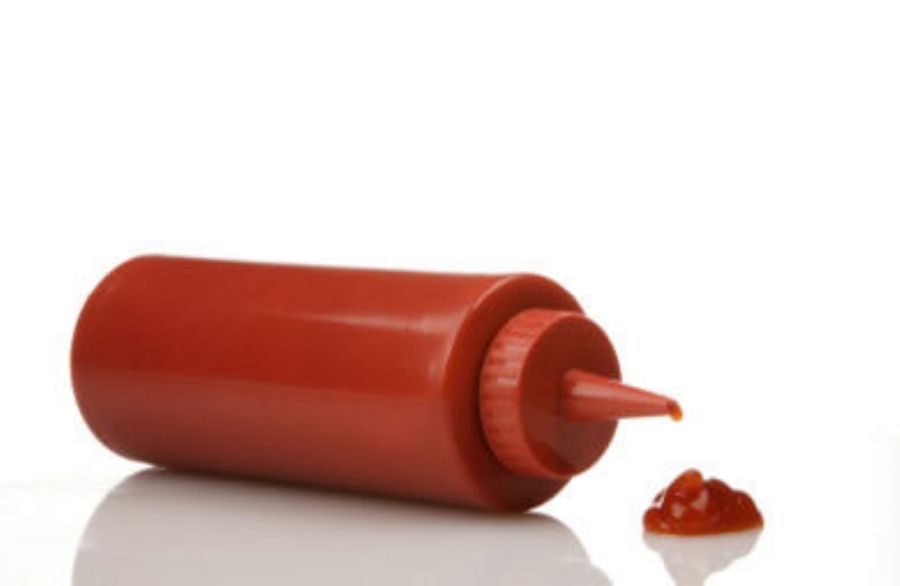
Ketchup: 1.5 teaspoons (6 grams) of added sugar in 1 oz.
One of America's favorite condiments, this seemingly innocent tomato-based sauce can pack as much as 6 grams of added sugar in a single ounce. High fructose corn syrup is usually added to ketchup to give it its sweet and savory flavor. One way to cut back on the added sugars is to look for a "no sugar added" brand, sweetened with sucralose. You can also make your own ketchup by combining tomato puree, vinegar, onion powder, and garlic powder. You can add a small amount of sugar or salt if desired, but this way the amount will be controlled by Chef You!
-
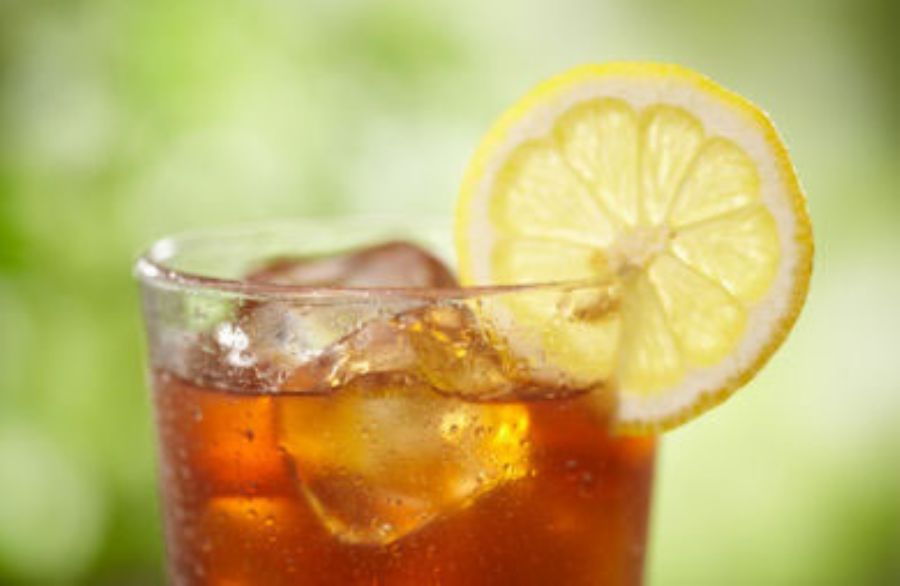
Sweetened Teas: 12 teaspoons (48 grams) of added sugar in 16 oz.
Like coffee, tea is naturally sugar free. However, in some regions, tea comes sweetened with (lots of) sugar unless you specifically ask for unsweetened tea. This added sugar can rack up to over 48 grams for 16 ounces of tea. Nothing is as refreshing as a cold glass of iced tea on a hot summer day, but iced tea doesn't have to be sweetened with sugar to taste great. A tasty alternative would be to make your own flavored teas by adding chopped mint, crushed raspberries, lemon slices, or orange slices.
-

Instant Oatmeal: 3 teaspoons (12 grams) of added sugar in 1 packet
All hail the mighty oat! Oatmeal has long been touted as a healthy breakfast of whole grains and fiber, which may help to lower cholesterol, regulate blood sugars, aid in weight loss, and keep you full. But not all oatmeal is created equal. While oats themselves are free of added sugar, the instant, flavored oatmeal that you buy in individual packages have 10-12 grams of sugar per packet. If you find plain oats too bland and boring, try these healthy oatmeal mix-ins to decrease your intake of sugars while ramping up the flavor of your morning.
-
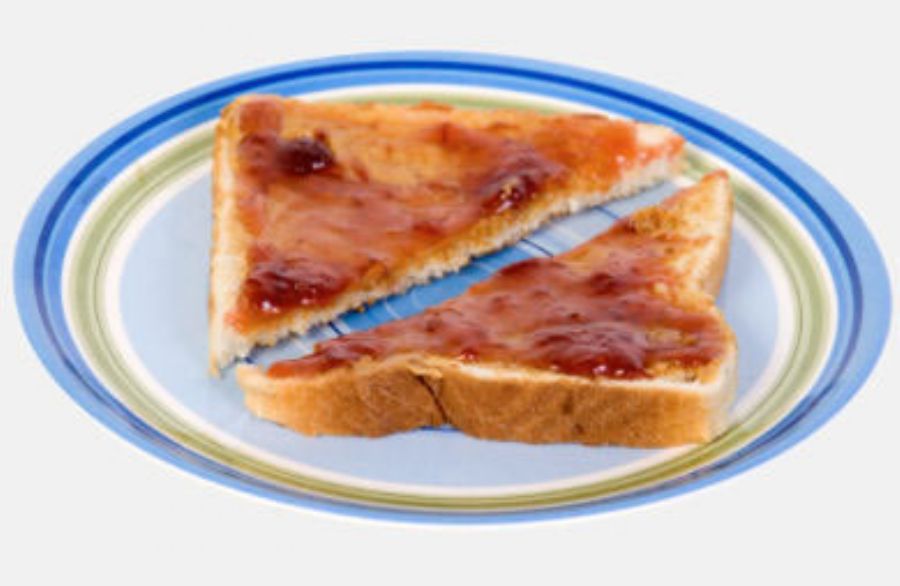
Jelly and Fruit Jams: 1 teaspoon (4 grams) of added sugar in 1 Tbsp.
A good jam or jelly over warm toast is a delightful way to start the morning. It's made of fruit, so it's good for you, right? Well, most of these fruit-based spreads are loaded with sugar, high fructose corn syrup or the healthy-sounded sweetener "fruit juice concentrate," which may come from fruit but is still a very concentrated source of sugar. There are some sugar-free jellies available on the grocery store shelves, but they're still sweetened with artificial sweeteners or fruit-based sweeteners that are still caloric and concentrated sources of sugar. If you really want a fruit spread without added sugars, why not mash up some fresh berries on your own and spread it on your toast or peanut butter sandwich? The taste is impeccably fresh—and it's far more nutritious!
-

Protein Bars: 4 teaspoons (15 grams) of added sugar in 1 bar
Protein bars certainly sound healthy and many people choose them as an afternoon snack, post-workout recovery meal, or on-the-go meal replacement. Of course, these bars run the gamut when it comes to actual ingredients and nutrition profile, but one thing is for sure: They tend to be heavily sweetened. While they may have some protein, most of these bars have enough sugar to make a candy bar look like health food. Look for protein bars with fewer than 4-5 grams of sugar and be wary of sugar alcohols on the label (often in low-sugar or low-carb protein bars) as these may cause gastrointestinal upset in some people.
-

Dried Fruit: 3 teaspoons (13 grams) of added sugar in 1/4 cup
Dried fruit is a tasty way to get in an extra serving of fruit during the day. However, since most of the water has been sucked out of the fruit, dried fruit can contain a lot of calories in a very small serving. Some dried fruit varieties contain nothing more than the sweet fruit itself, but many other dried fruits have added sugar (and oils) to make them more palatable. Tart fruits such as cranberries, cherries, blueberries, and even mangoes are commonly combined with added sugar. To avoid the extra sugar shock, read labels carefully. There are many brands that do not add additional sweeteners to their dried fruits, but you have to look for them and they aren't always easy to find. You could also use a dehydrator to dry your own fruits without all the added sugars and oils.
See more nutrition slideshows
15 Surprising Sources of Added Sugar
Written by Lauri Watson, SparkPeople Contributor
Sugar (in many forms) may be hiding in a lot of your favorite foods without you even realizing it. Of course it's in candies, cookies, and cakes, but there are also many "hidden sugars'' added to condiments, drinks, "healthy" snacks foods, and many other surprising items you might eat every day. Here are 15 of the top ''added'' sugar offenders.
Start Slideshow
Coleslaw: 3.5 teaspoons (14 grams) of added sugar in 1 cup
Coleslaw can vary widely in its added sugar content, depending on the ingredients used to make this popular cookout side dish. Some recipes actually call for adding up to one full cup of sugar. To keep your sugar and vegetables separate, avoid the pre-made coleslaw from restaurants and grocery stores and make your own. Try substituting nonfat plain Greek yogurt instead of mayonnaise (to cut fat and boost protein), and use a couple tablespoons of red wine instead of sugar. Add a little lemon juice, garlic, and/or Dijon mustard for added flavor.

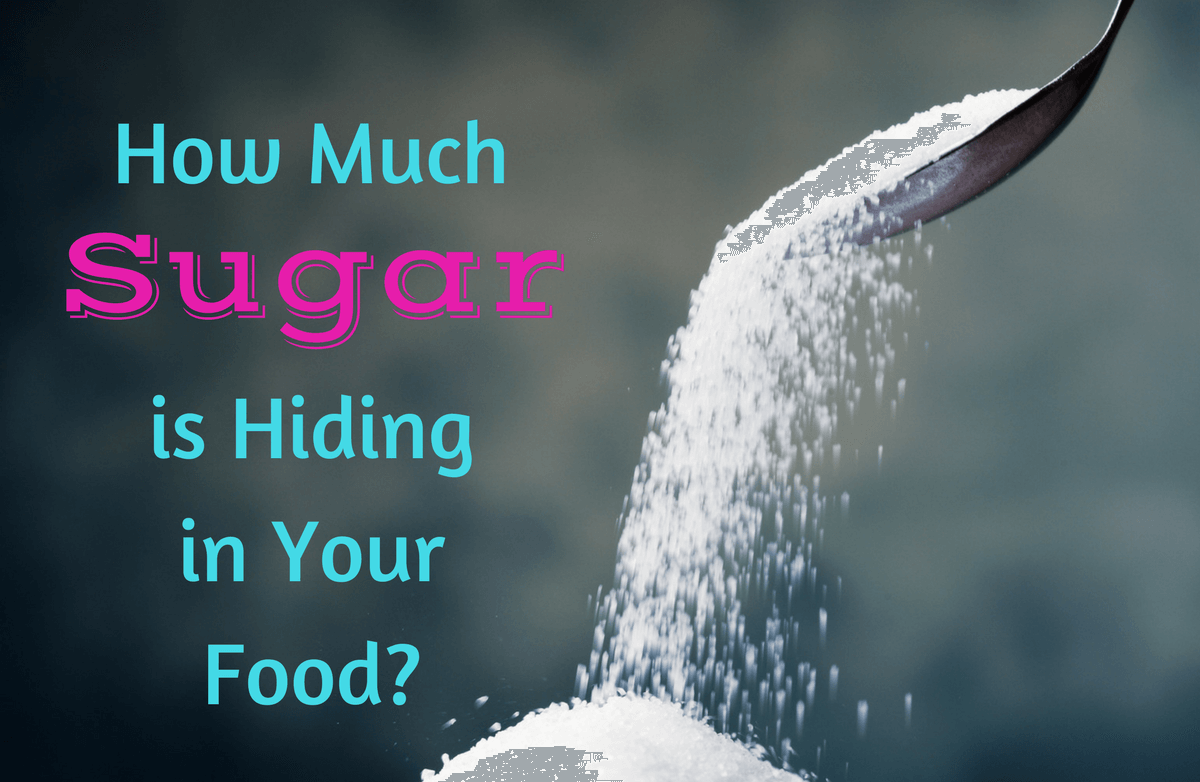
.jpg)
